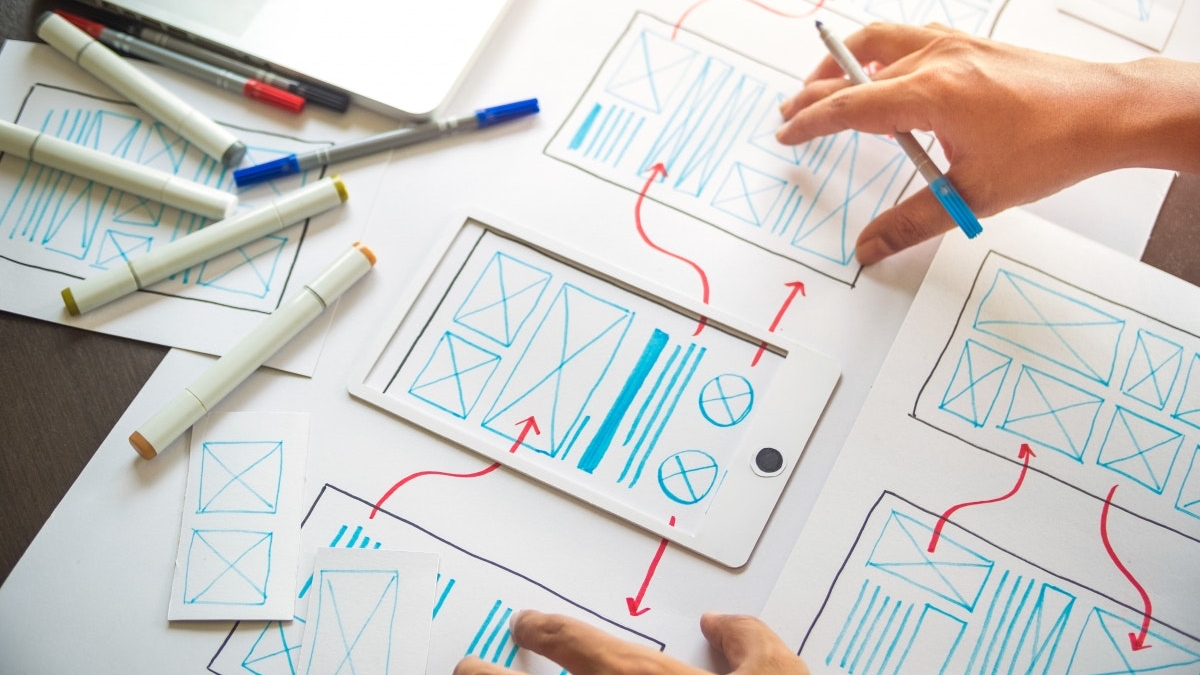
UX designers are essential for developing technical aspects of a system into the proper functionality. Prototyping is a crucial section of the design and implementation process, with specific set phases that need to be followed to get everything right. The prototyping stage is within most UX developers’ design thinking process before getting to the final test stages. Below is a comprehensive guideline to the phases within the prototyping process that, as a UX designer, is necessary for the success of your system development.
Table of Contents
Immersion
The immersion phase mainly involves finding the origin of the problem. As a UX designer, together with your team, you will need to dive into the implications of the main challenge of the system you are developing. You will be required to study the client’s and company’s perspectives to get the full scope before moving on to the next stage.
The immersion stage is divided into two parts to ensure UX designers don’t leave out anything vital to the project’s overall development. The two parts are preliminary and in-depth. The preliminary part mainly describes the first contact with the challenge at hand. Within the In-Depth stage, you mainly start to identify the needs and opportunities as a guideline of solutions generated for the project’s ideation phase.
Ideation
The ideation process comes next after immersion. This phase mainly deals with generating solutions that can solve the stated problem to meet the user’s needs and the entire enterprise’s functionality standards. The final solution from the ideation process has to be technically feasible.
It involves a divergent form of thinking with a set starting point ideals for creating high-volume ideas to get to the solution. The ideas are sketched and implemented to see the overall outcome. The ideas generated are then filtered out through both design and feedback critiques. Also known as the converging process, the narrowed down ideas lead to one or two possible solutions for further development and processing. The chosen solution concepts will probably start with simple materials such as paper prototypes and then later move to digital wireframes and prototypes that are clickable from prototyping software.
Prototyping
For UX prototyping, the prototyping is the third phase after filtering out all the possible solutions. This is the phase to decide the type of prototype you will go for if the solutions came down to more than one. Prototyping is making sure the idea you are choosing is tangible. It changes from the abstract format to the physical format to represent a simplified reality and promotes validation. It’s crucial to make sure that you have a great prototyping software on hand to conduct this.
As a UX designer, you will need to validate the ideas generated by developing a functional prototype. Use all the proposals you have and filter out what you need to create the project’s perfect system. As much as prototyping is termed the final phase, other processes can happen with prototyping simultaneously. Since more ideas tend to come, they can also be prototypes and added to the versions already developed to get a more comprehensive outline and develop a unique system.
The more you get immersed in prototyping phases, the more your UX designer skills advance. Using prototyping software like Adobe XD is an example of where you can start to enhance your workflow.